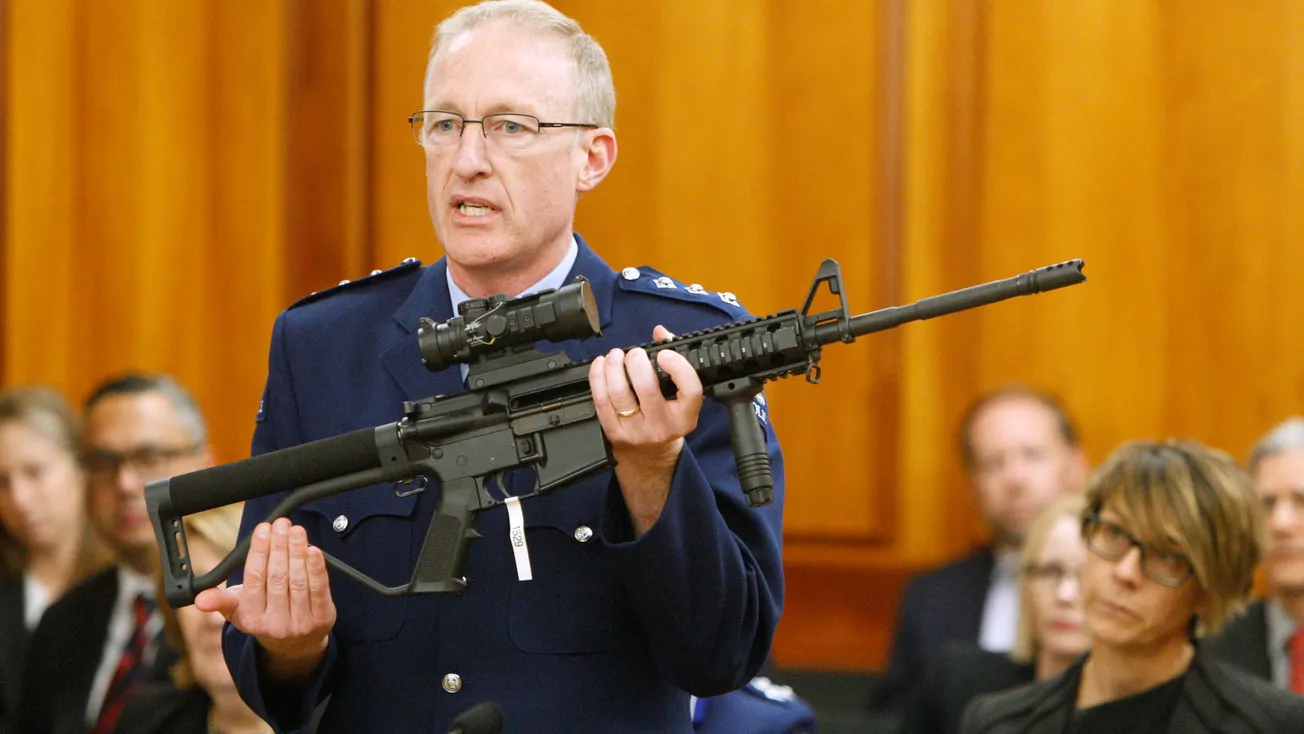The departure of World Socialist Youth leader Jacinda Ardern as PM might be thought to have re-oriented the New Zealand Labour Government to a less radical position. Certainly, Matthew Hooton argues in today’s Australian, new PM Chris Hipkins’ first moves have “quickly abandoned Ardern’s most unpopular left-wing policies in a ‘policy bonfire’ in February, with another promised”.
It included Ardern’s cherished hate-speech legislation, ABC-style media empire, biofuels mandate and compulsory unemployment insurance scheme.
The second “bonfire” was delayed by Cyclone Gabrielle but Hipkins has also pushed out plans to raise petrol taxes and announced that improving the quality and resilience of the roading network is Labour’s top priority for transport investment, ahead of climate-change.
The moves seem to be paying off for Labour. The poll free-fall under Ardern has not only been arrested, but turned around. National’s Chris Luxon has been exposed as only having been relatively “popular” simply by not being Jacinda Ardern. Without Ardern around, though, Luxon’s deficiencies are hurting National badly.
Whether Labour’s resurgence is a dead-cat bounce, a typical honeymoon period for a new leader, or a sustained revival, though, one thing is paradoxically almost certain:
Any government Hipkins leads will be the most radically left in NZ’s history.
How is this possible? The hard-left socialist Ardern is gone, the soft-left Hipkins is in, right?
Right — but not near enough.
The polling company which most accurately picked New Zealand’s 2017 and 2020 elections, Melbourne-based Roy Morgan, reported today a dead-heat between Labour and the Greens, and National and Act, its classical-liberal ally. According to Roy Morgan, the small Maori Party would hold the balance of power.

And there’s the problem. Under the baleful co-governance (pun intended) of Rawiri Waititi and Debbie Ngarewa-Packer, the Maori Party is an ultra-radical leftist party with an obsessive drive to establish an apartheid state in New Zealand — or “Aotearoa” as they prefer to call it. Waititi, on his own public statements, is an openly racist Maori supremacist. Ngarewa-“Pakeha”, like the bourgeois intellectuals of the Bolsheviks who affected a prolier-than-thou stance, appears to be making up for her own thoroughly colonised DNA by trying to be Maori-er than the next wahine.
There is no way such a radically left party would support even the dripping wet, blue-green National of Luxon. It’s made that clear already.
Ironically, that means Hipkins’ move to the centre has so far empowered the radical left.
Polls suggest that, for the first time, Labour couldn’t govern except with the support of both the Greens and Maori Party, with no centrist party like NZ First or the old United Future to balance the far left as in Helen Clark’s day and Ardern’s first term.
So, what’s National doing? They’re making same mistakes the Coalition in Australia did, especially under Malcolm Turnbull. Luxon is the trans-Tasman incarnation of blue-green Turnbull: a self-made businessman whose every policy instinct is to try and out-left his red opponents. Turnbull’s only appeal to voters was that he wasn’t either Julia Gillard, Kevin Rudd, or Tony Abbott. Luxon’s was not being Jacinda Ardern or Judith Collins (who was demonised as relentlessly by the media, and who folded as easily as Tony Abbott).
His message discipline is woeful, with even the most rusted-on National voters struggling to explain what the party offers.
National will likely turn to a scare campaign against the three-headed Labour-Green-Maori Party taniwha (serpent or dragon), but two can play that game and centrist voters are just as afraid of Act.
And centre-right voters are even more disgusted. On every policy issue of substance, especially lockdowns and last year’s parliamentary protests, Act have shamefully betrayed conservative voters.
National’s last hope is the economy crashing before the October 14 election. But that means convincing voters it is best to protect jobs, fight inflation and manage the economy. Even on those issues, it risks being overtaken by Labour.
A leadership change to Luxon’s more popular deputy, Nicola Willis, or his education spokesperson, Erica Stanford, can’t be ruled out. It worked for Labour in 2017.
The Australian
With the media party in Hipkins’ pocket to the tune of $55 million, and with shadowy NGOs like the Disinformation Project doing the Labour Government’s dirty work, the only thing that is certain is that, even if National ditch the hopeless Luxon, his replacement will have all the forces of the Long March left arrayed against them.
The only hope, then, is if there’s anyone left in National with the political mongrel to ignore the storms of media-political derangement and remember how to actually be conservative again.










